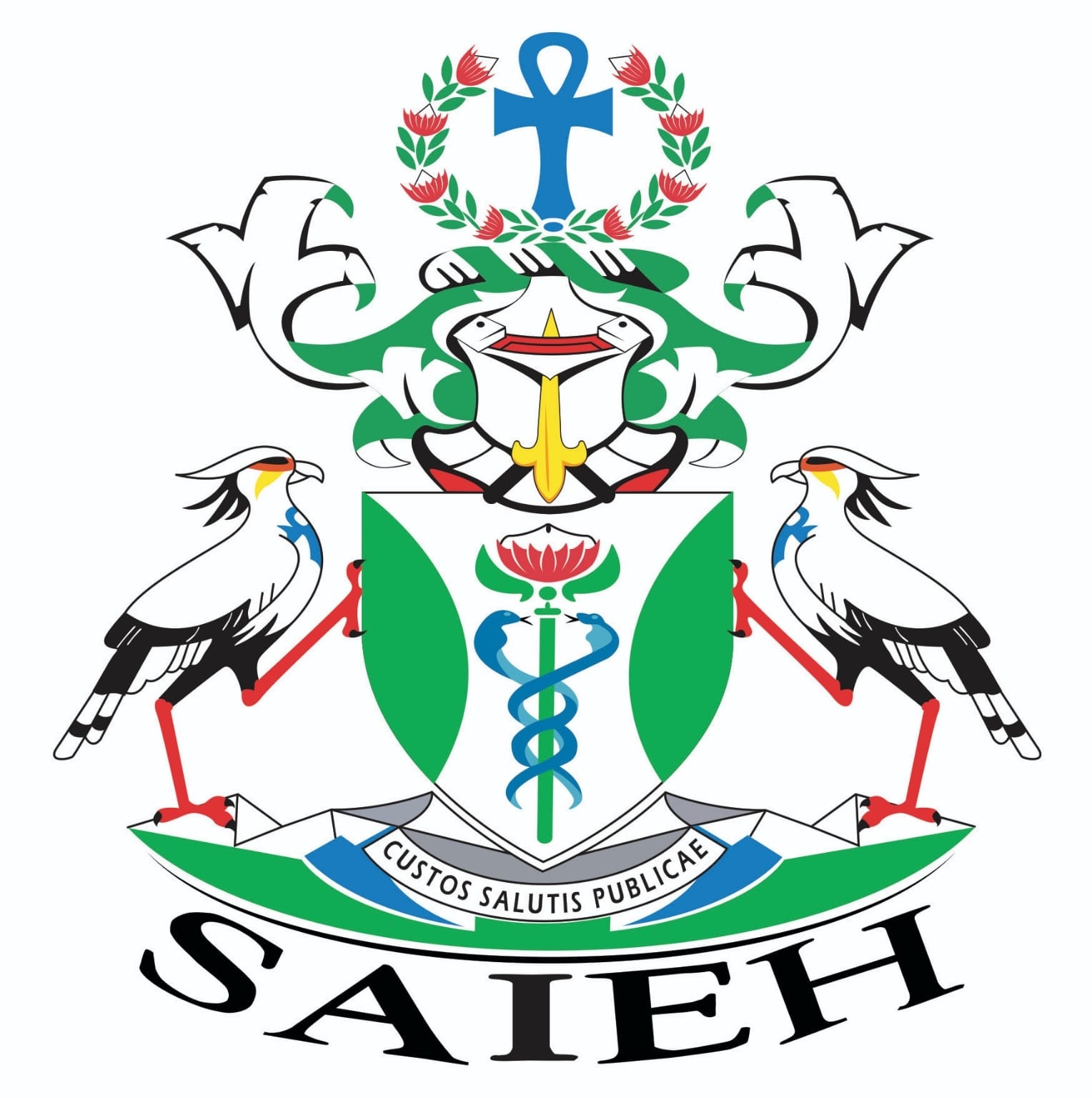WORLD ENVIRONMENTAL HEALTH DAY THEME 2022
WORLD ENVIRONMENTAL HEALTH DAY THEME 2022
“STRENGTHENING ENVIRONMENTAL HEALTH SYSTEMS FOR THE IMPLEMENTATION OF THE SUSTAINABLE DEVELOPMENT GOALS”.
Background to Theme
The Sustainable Development Goals (SDGs), also known as the Global Goals, were adopted by the United Nations in 2015 as a universal call to action to end poverty, protect the planet, and ensure that by 2030 all people enjoy peace and prosperity now and in the future.
The 17 SDGs are integrated- they recognize that action in one area will affect outcomes in others, and that development must balance social, economic, and environmental sustainability, all while tackling climate change and working to preserve our oceans and forests.
The mission statement of the United Nations on SDGs is as follows:
“A blueprint to achieve a better and more sustainable future for all people and the world by 2030.”
Environmental Health plays a pivotal role in the implementation of these SDGs. It is interesting to note that Environmental Health fits into 7 SDGs, 19 targets and 30 indicators of the SDGs. With a well institutionalized Environmental Health Systems, the targets set will be easily achievable.
Unfortunately, Environmental Health is facing many challenges, and this is impeding the realization of addressing these SDGs. Organization of Environmental Health differs significantly from one country to another and is influenced by the development and economic status of nations. The basic denominator, however, is that it is delivered at the Local Government level. This therefore makes it vulnerable and not well catered for owing to weaknesses attributable to local administration. Besides, since coordination and funding majorly come from that lower level, many of these organizations face lack of finances, lack of human resources, lack of tools of trade and support from both Regional and National levels of Governments.
The way forward is to remove administrative and structural inhibitors, mitigating against the much-needed growth and development of Environmental Health. Steps to achieving this should include increasing coverage of service delivery through increased number of EHPs in the field arising from proportional admission quotas in training institutions; increase funding to meet the high overhead and capital costs needed for Environmental Health services; standardization of practice through a well-defined structure from local through regional and ending at national levels, thus enabling a properly coordinated service delivery mechanism; and increased funding and administration attention.
SAIEH is looking forward to the various activities and events that can be developed around this theme throughout September month and reports to be submitted to the General Secretary.

